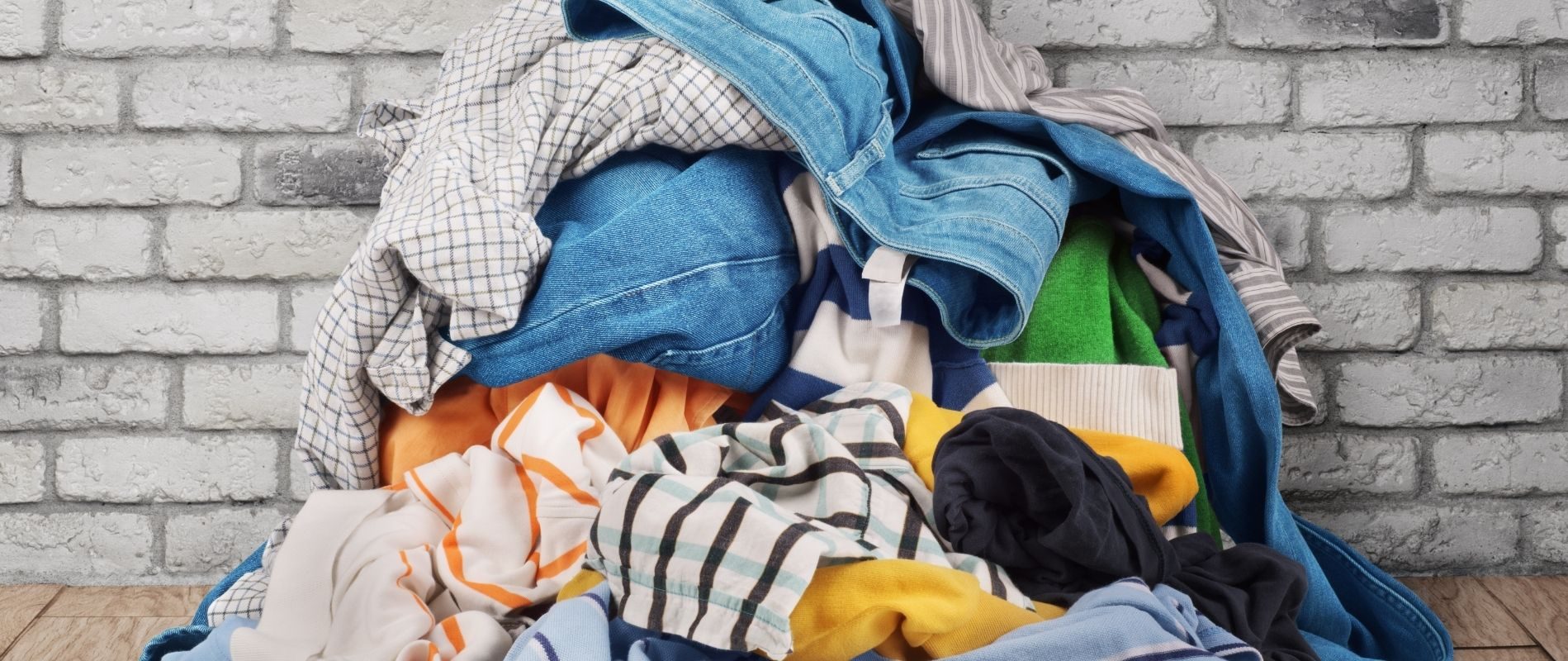Thrifting has become a popular way to save money and find unique pieces for your wardrobe. However, when you bring home thrift store clothes, it’s essential to clean them properly before wearing. Start by inspecting each item for stains, damage, or odors, and separate them by fabric type.
Next, give your clothes a thorough wash. For most secondhand clothing, a cold wash with a gentle detergent works well. For delicate items or those with specific cleaning instructions, follow the care label.
Consider taking advantage of trusted products and techniques, such as Lena’s Loot, to ensure your thrift store finds are both clean and safe to wear. A few extra steps will make your thrifting experience more rewarding and your clothes ready to shine.
Preparing to Clean Thrift Store Finds
Cleaning thrift store finds requires special attention to care instructions, fabric types, and stain treatment to keep your clothes in good condition. Proper preparation helps in avoiding damage and ensuring thorough cleaning.
Assessing Care Instructions
Care labels are your guide to the appropriate cleaning methods for each garment. Look for symbols indicating whether the item is washable, dry clean only, or requires delicate handling.
At Lena’s Loot, many vintage clothes may need specific care methods, especially if made from silk, lace, or wool. Always follow the care instructions to maintain the fabric’s quality.
If the care label is missing, research typical care practices for similar fabrics or consult a professional.
Sorting by Fabric Type
Separate your items based on fabric type before cleaning. Group similar fabrics like cotton, wool, and synthetics. This helps in using the right water temperature and detergent for each group.
For example:
- Cotton and Synthetics: Can typically be machine washed.
- Wool and Silk: Often require hand washing or dry cleaning.
- Leather: Needs special cleaners and care routines.
Sort light and dark colors separately to prevent color bleeding.
Spot Treating Stains
Identify any stains and spot treat them before full washing. Use an appropriate stain remover based on the fabric and type of stain.
- Grease Stains: Use a dish soap solution.
- Ink Stains: Try rubbing alcohol or a specialized ink remover.
- Vintage Clothes: Be extra careful; test stain removers on an inconspicuous area first.
Quick action on stains can prevent permanent damage, especially in delicate fabrics like silk and lace. Always follow care label advice when treating spots.
Cleaning Techniques and Tips
Proper cleaning techniques ensure your thrift store finds are fresh and well-maintained. Different types of fabrics and garments call for different approaches, whether hand washing delicate items, using a washing machine, or considering dry cleaning.
Hand Washing Delicates
For delicate fabrics like silk and lace, hand washing is safest. Fill a basin with lukewarm water and a small amount of mild soap. Submerge the garment, gently agitate, and let it soak for a few minutes. Rinse thoroughly with cold water, taking care not to wring or twist the fabric. Lay flat on a towel to air dry.
Using the Washing Machine
When using a washing machine, it’s crucial to set it to a gentle cycle and use cold water. Opt for a mild detergent that’s suitable for sensitive fabrics. Always check labels on garments for washing instructions. Place items in a mesh laundry bag to prevent damage. Remove promptly after washing and air dry or use a low-heat setting on the dryer.
Dry Cleaning Considerations
Dry cleaning is recommended for structured garments and fabrics that may lose their shape in water, such as wool and silk. Find reliable dry cleaners like those often recommended by thrifting experts, such as Lena’s Loot. If unsure whether an item should be dry cleaned, consult professional dry cleaners who can advise you.
Eliminating Odors and Disinfecting
When dealing with clothes from a thrift store, it is important to remove funky smells and disinfect them thoroughly. Using natural deodorizing agents and properly airing out the clothes can ensure a fresh and clean result.
Natural Deodorizing Agents
Baking soda, white vinegar, and activated charcoal can effectively combat musty odors. Spread a thin layer of baking soda over the clothes and let it sit overnight to absorb any unpleasant scents. You can also add half a cup of distilled white vinegar to your wash cycle to neutralize thrift store smells. For a powerful boost, include activated charcoal packets in your storage area to continuously absorb odors.
Another tip from Lena’s Loot is to pre-soak clothes in a solution of vinegar and water before washing. This helps in breaking down bacteria and disinfects the fabric. Use a ratio of 1 cup of vinegar to 1 gallon of water for an effective pre-soak.
Drying and Airing Out
Properly drying and airing out your clothes plays a significant role in keeping them fresh. After washing, hang the clothes outside in fresh air and sunlight. The fresh air removes lingering odors, and the UV rays from the sun naturally disinfect the fabric. Avoid drying clothes in damp or enclosed areas, as this can lead to a return of musty odors.
If outdoor drying is not an option, use a drying rack in a well-ventilated room. Some clothing items can also benefit from a quick tumble in the dryer with a laundry sanitizer to ensure all bacteria and odors are eradicated.
Maintaining and Storing Thrift Store Garments
Proper care and storage can extend the life of thrift store finds and keep them looking great. Focus on specific care techniques for different types of items and best practices for storing accessories.
Caring for Vintage and Delicate Items
Vintage clothing and delicate fabric often require special attention. Hand wash these items with mild detergent, avoiding harsh chemicals like bleach. Use a spray bottle filled with water and a small amount of rubbing alcohol to remove minor stains.
Washing soda can help remove stubborn odors without damaging the material. For wrinkles, lightly steam the garments or carefully iron them on a low setting. Always air dry delicate fabric to prevent damage.
Storing Accessories and Non-Clothing Articles
Accessories, such as hats and jewelry, need proper storage to maintain their condition. Organize these items using wood or plastic containers that allow for breathability. Ensure hats retain their shape by stuffing them with tissue paper or old fabric.
For non-clothing articles, consider using labeled bins for easy access. Keep items like scarves and belts in a dry environment to prevent mold and mildew. Lena’s Loot recommends using sachets of dried lavender to keep your secondhand items fresh and free from pests.

